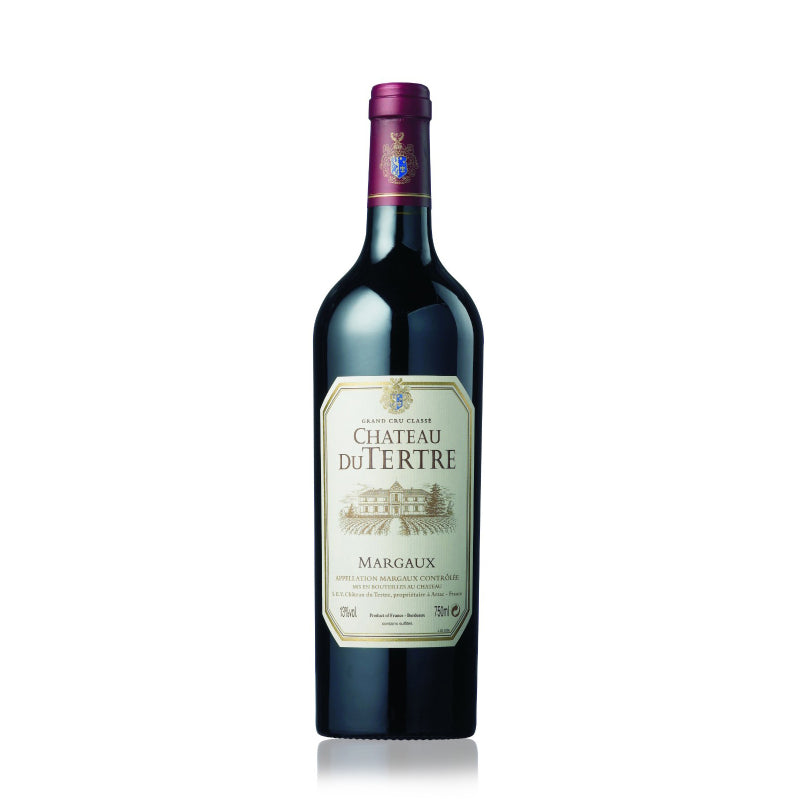Chateau Du Tertre Margaux 2019 750ml
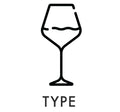



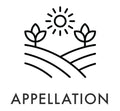

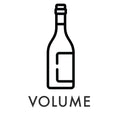
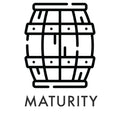
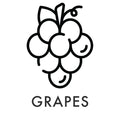

Jamessuckling.com | JS 95-96
Published: Jun 3, 2020
A fantastic du Tertre with blackberries and blueberries. Very pure fruit character in general. Stone and tea undertones. it'sfull-bodied with a tight, focused tannin backbone. Excellent structure. One of the best ever from here. So precise. A blend of 54% cabernet sauvignon, 27% merlot, 13% cabernet franc and 6% petit verdot.
The Wine Advocate | RP 93
Published: Apr 07, 2022
The 2019 du Tertre opens in the glass with aromas of sweet cassis and plums mingled with undergrowth, cedarwood, violets and subtle hints of cigar wrapper. Medium-bodied, bright and integrated, with a nicely concentrated core of fruit, lively acids and fine, powdery tannins that assert themselves on the finish, it delivers a certain generosity of fruit in a fine-boned package. Even if this numbers among the more powerful du Tertre vintages of recent years, it remains a wine defined by elegance more than impact.
Occupying the highest point in the Margaux appellation (a lofty 25 meters), Château du Tertre in fact encompasses not one "tertre" (high point) but two, possessing both a 30-hectare block on fine gravels situated around the château itself and another 20-hectare block, separated only by a stream, on the plateau of Bel-Air where the gravels are sandier. Both are comparatively homogeneous and both inform the grand vin; and both are comparatively warm, well-draining terroirs, meaning that the vegetative cycle at du Tertre is quite advanced, and that even if the team here don't precipitate to harvest, this certainly isn't a late-ripening site.
In the aftermath of the devastating 1956 frost, the Gasqueton family replanted the entire vineyard (as at Calon-Ségur) at the rather low density of 6,300 vines per hectare, with one-third Cabernet Sauvignon, one-third Cabernet Franc and one-third Merlot—an idiosyncratic encépagement for Margaux and one that tended to deliver somewhat lighter, leaner wines in years where the Cabernet Franc didn't fully ripen. In 1997, the Gasquetons sold to the Albada family, who began by restoring the estate's much-neglected buildings and proceeded, from 2008, to restructure the vineyards. Chemical herbicides were banished and extensive replanting began, increasing density to 9,100 vines per hectare, and adapting grape varieties to soil type.
With du Tertre's sale in early 2020, restructuring continues. Only 30% of the vineyard remains to be replanted, a project that's projected to conclude in 2027. All these new plantings have been farmed biodynamically from their inception, and while du Tertre retains some old-vine Merlot and Cabernet Franc, from which a massale selection is being propagated, the proportion of Cabernet Sauvignon has increased and Petit Verdot, which works well on the lower parts of the slope, represents around 10%. Winemaking is quite classical, with harvesting by hand, optical sorting and vinification in a mix of wooden, cement and stainless steel vats. Technical director Frédéric Ardouin, who conducted du Tertre's soil studies as a student in 2008, is at the helm in the winery, and Cynthia Capelaere is the new estate director.
The style of wines produced here is quite singular: on the one hand distinctly elegant and fine-boned, but on the other displaying a certain generosity and sweetness of fruit (consistent with a well-exposed, well-drained, rather early-ripening site). The rather light style of yesteryear has been replaced by sneaky intensity of flavor and persistence. What's more, if du Tertre is operating in a similar stylistic register to some of the appellation's other champions of elegance, such as Brane Cantenac and Rauzan Ségla, its wines are also rather more immediate, with a youthful charm and seamlessness that means that even a classically styled vintage such as 2016 can already be drunk and not merely tasted. These are not the sort of wines that dominate in a mass tasting of more than one hundred wines, but they are just the sort of wines that readers looking for harmonious, charming Margaux might want to have in their cellar. Drink Date: 2025 - 2050

